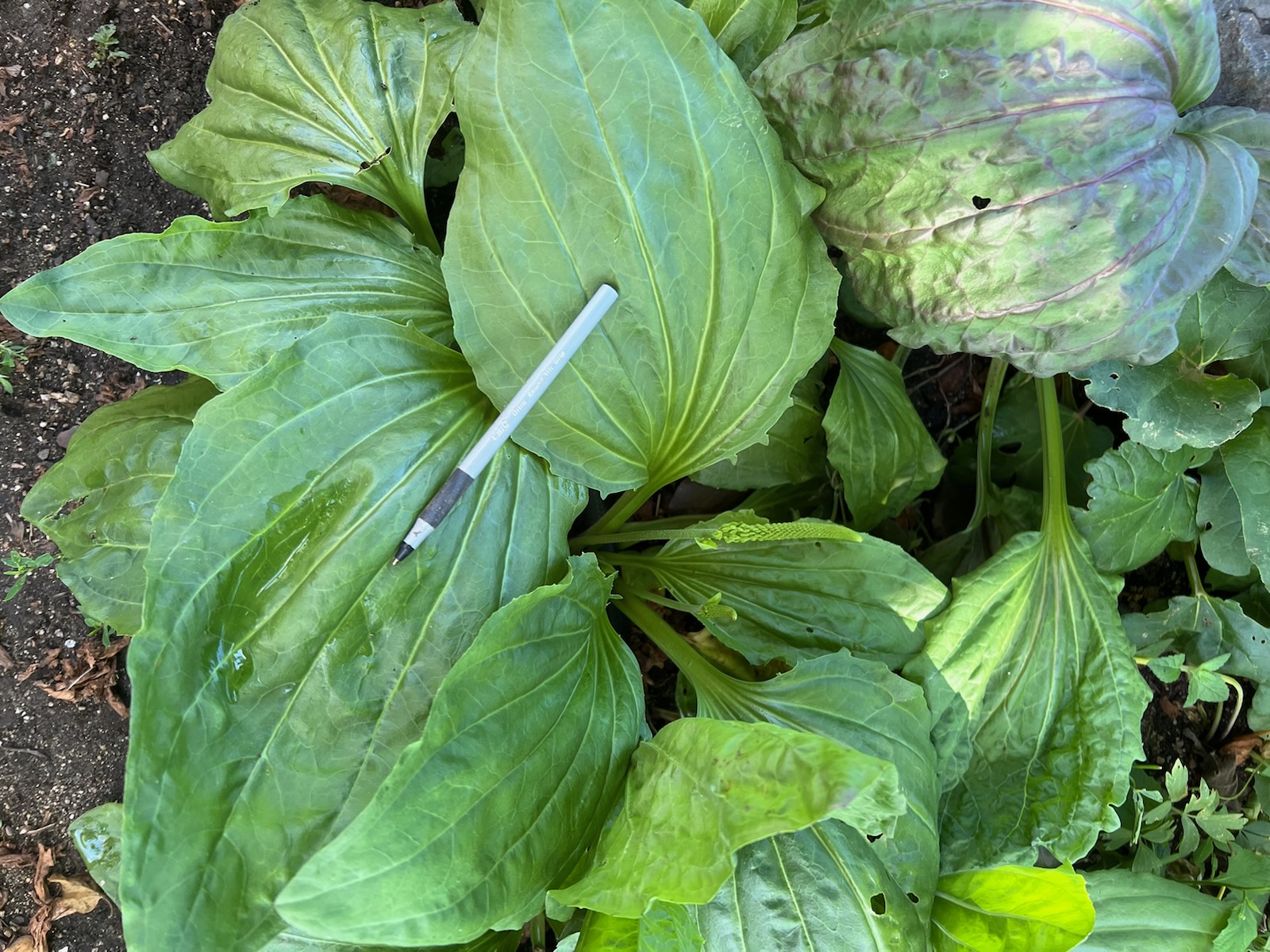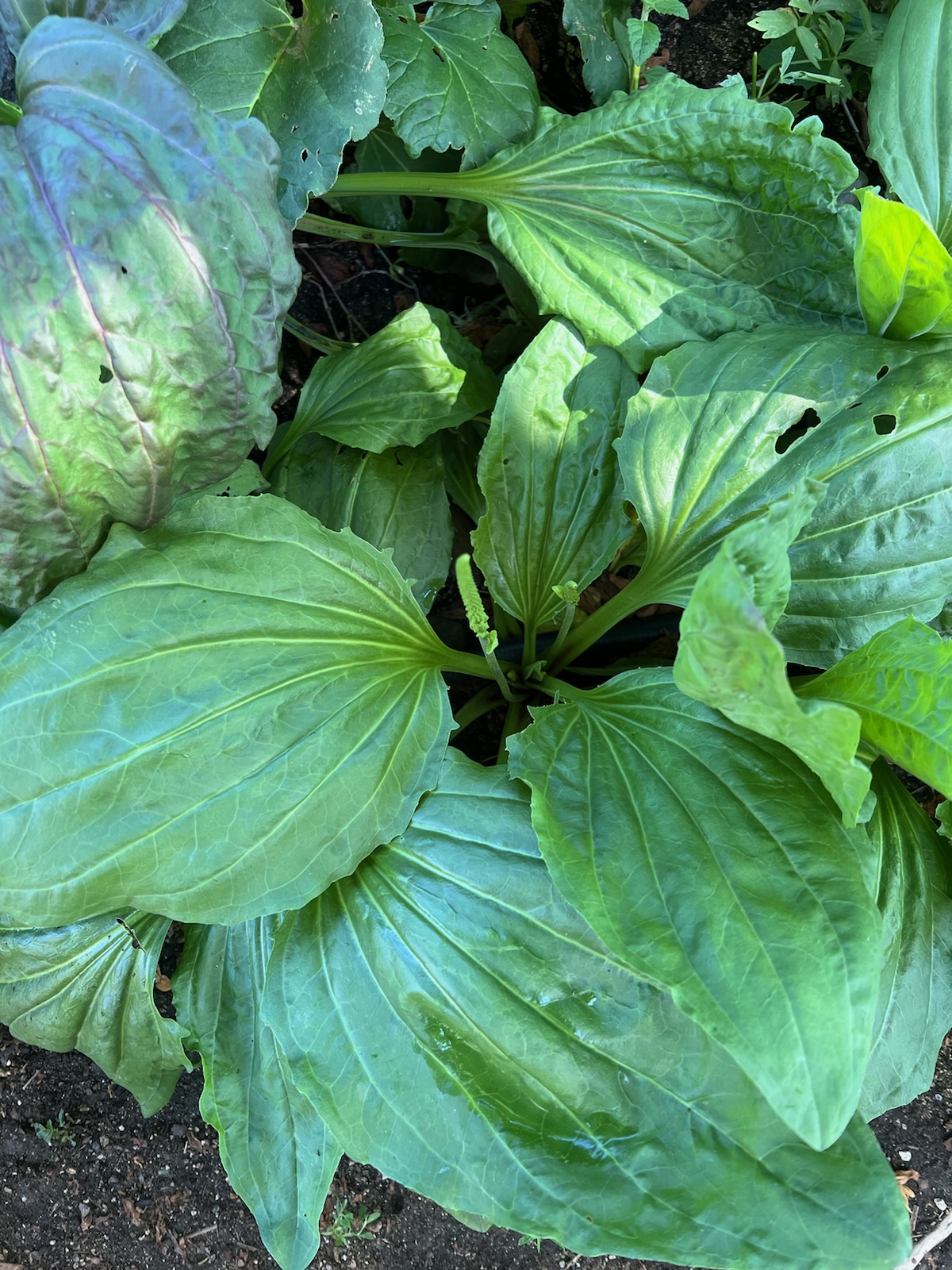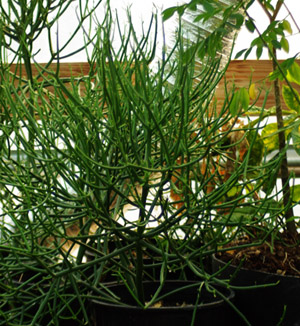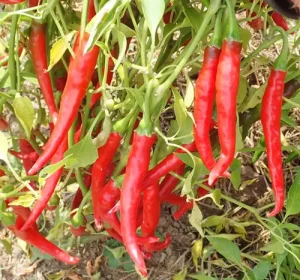Plantain, Giant Turkish (Plantago major), packet of 100 seeds, organic
$3.95
Family: Plantain (Plantaginaceae)
Hardy to Zones 3 to 10
Herbaceous perennial native to Turkey, probably the largest true Plantago to be found worldwide. You’ll have plantain to your waist, and leaves up to 6 inches wide. Plant prefers moist to mesic soils and sun to part shade. Sow seed in spring. Cool soil germinator. Barely cover seed with soil, tamp securely and keep evenly moist until germination, which is rapid. Excessive heat during the germination phase may delay or disallow germination. Thin or transplant to 1 foot apart.
100 seeds/pkt., Certified Organically Grown
In stock







Kayla (verified owner) –
I started these indoor 5 weeks ago. Can I plant them outside 2 weeks before my last frost date? Leaving town and need to get plants into the ground.
Upvote if this was helpful (0) Downvote if this was not helpful (0) Watch Unwatch Flag for removal
Richo Cech –
hi kayla, yes, this should work fine, they are quite frost resistant. richo
Upvote if this was helpful (0) Downvote if this was not helpful (0) Flag for removal
Ginger (verified owner) –
I received my seats but didn’t get them planted and just got back to my home in the ozarks. I’m in arkansas and want to know if it’s okay to plant now In august
Upvote if this was helpful (0) Downvote if this was not helpful (0) Watch Unwatch Flag for removal
Richo Cech –
Hi Ginger,
Thanks for contacting! Now is a good time to plant plantain. It is perennial so overwinters easily and germinates well in cooling soils on toward fall. You’re good to go!
Richo
Upvote if this was helpful (0) Downvote if this was not helpful (0) Flag for removal
Question
Francis-Olive Hampton –
Hi Richo. Question about germination. We are in full on summer here in CA, so, would stratifying work before direct garden sowing (worried that if I then sow in hot temps, it would not fare well)? Or could I sow in a small pot and keep in the fridge till it germinates?
Finally, I have a pretty nice area that I want to plant in, a ‘woodland’ type of area (under a Chinese elm, so even when 90 degrees plus here, its significantly cooler under that huge tree), the problem is the sprawling roots. Can you still plant in the woodland area (I realize this is a silly question as I’m typing this, thinking of all of the little plants growing beneath forest trees!) Will the seedlings root just work/grow around the existing tree roots? If so, what about something like comfrey or burdock, or even thistle with long roots? Any gardening advice appreciated.
Upvote if this was helpful (1) Downvote if this was not helpful (0) Watch Unwatch Flag for removal
Question
Dominique Demers –
Hi, We bought this variety of plantain this spring, in fact they grow huge and abbundant, but I found that a majority of them grow purple leaves. Is it a Turkish caracteristic?
Upvote if this was helpful (1) Downvote if this was not helpful (0) Watch Unwatch Flag for removal
Admin Richo Cech –
Hello Dominique, Yes, it is a Turkish characteristic, due to the presence of anthocyanins which assist in the antiinflammatory effects of the herb. If you are after Plantago major (common broadleaf plantain) that is plain green, we have that listed as Plantain, Broadleaf. Richo
Upvote if this was helpful (2) Downvote if this was not helpful (0) Flag for removal
Michael –
Hello Dominique and Richo Cech: I have Plantago major that has remained completely stable in reproducing the purplish cast to the leaves. The leaves get to about 6 inches in diameter but the plant remains relatively flat. The height is not any more than a typical Plantago.
The first time that I encountered this purple-leaved Turkish variety was around 1990 at Gary Hammer’s “Desert To Jungle Nursery” in Montebello, California (which no longer exists). It was actually growing throughout and along the path between rows of nursery plants. Gary was a collector of plants from many desert and tropical areas but especially South Africa. He introduced the first variegated Cannas that came from South Africa. Now they have been developed into the likes of “Tropicana” etc.
Also this was my first contact with Coleus shirensis (Plectranthus shirensis) from South Africa. This extremely fragrant and most forgiving plant would be the choice for planting if no other plant would grow with a guaranteed appeal to hummingbirds and incredible structural potential.
Upvote if this was helpful (1) Downvote if this was not helpful (0) Flag for removal
Richo Cech –
Hello Michael, Plectranthus (coleus) is indeed easy, spectacular and fragrant. If you do much botanizing in Africa and India, you see it employed, in its various forms, almost everywhere, as it is an easy hedging plant that propagates readily from stem cuttings. The purple gene in the Plantago is dominant and if you grow atropurpurea next to any of your other broadleaf plantains, they will pick it up and start to demonstrate purple color. Richo
Upvote if this was helpful (1) Downvote if this was not helpful (0) Flag for removal
Plantain Fan –
This plantain is giant! It’s 2-3 times larger than any wild plantain I’ve ever seen.
Upvote if this was helpful (1) Downvote if this was not helpful (0) Watch Unwatch Flag for removal
thegiftofyou –
Two questions: Is this also good for human consumption? Are the medicinal properties equal to the regular broad leaf variety? Thank you, in advance!
Upvote if this was helpful (1) Downvote if this was not helpful (0) Flag for removal
Richo Cech –
The Giant Turkish Plantain is a cultivar of broadleaf plantain (Plantago major) and is safe for human consumption and medicinally interchangeable with standard broadleaf plantain. The Giant Turkish is a preferred type.
Upvote if this was helpful (0) Downvote if this was not helpful (0) Flag for removal
Ashley Swartz –
I started Giant Turkish plantain this spring, despite having regular broadleaf as well as a thin leaf native plantain on my property. They are doing well, and are already slightly larger than regular broadleaf – despite being started from seed. Happy to have them.
Upvote if this was helpful (2) Downvote if this was not helpful (0) Flag for removal